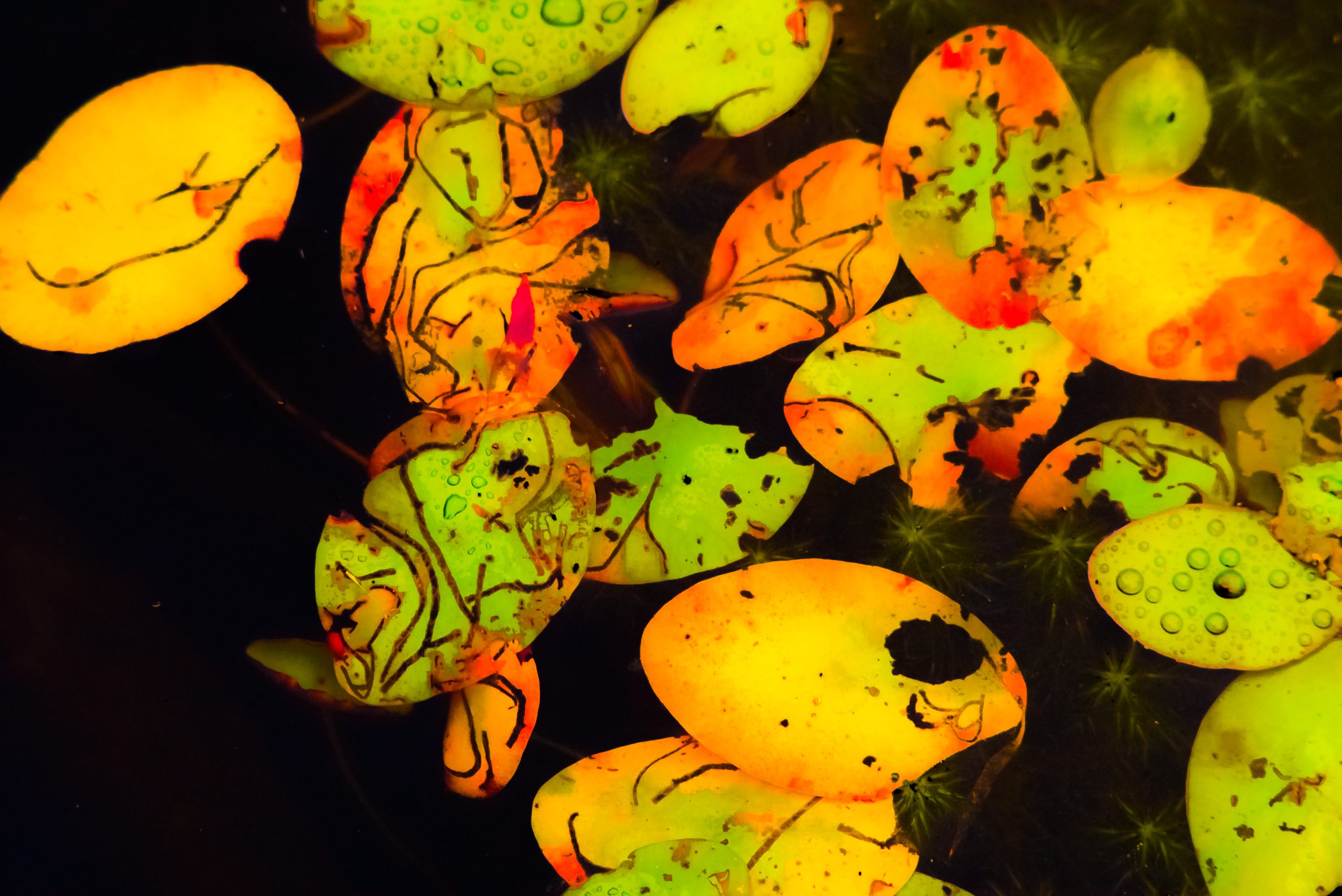
After several years of what I would consider to be more documentary photography, that is the representation of objective reality, I have found a gap remains in my work. In contrasting documentary photography to photo impressionism, Freeman Patterson’s / André Gallant’s comment in their book, Photo Impressionism:
“However, the impressionist photographer deliberately abandons physical exactitude in the belief that, by doing so, he or she can convey more effectively the reality of feeling.“
From that passage emerged the obvious question what is photo impressionism?
From this basic question follows several others including:
- How does it differ from other styles? Conceptual, Abstract, Pictorialism, Realistic or Straight?
- What are the views of the purpose?
- How is it rendered? What are the techniques?
- How is it able to express the feeling element of a reality?
I am in the process of developing and reviewing the reference materials, which will spawn additional questions and then another round of review.
Definitions:
- Impressionist painting characteristics include relatively small, thin, yet visible brush strokes, open composition, emphasis on accurate depiction of light in its changing qualities (often accentuating the effects of the passage of time), ordinary subject matter, inclusion of movement as a crucial element of human perception and experience, and unusual visual angles. The development of Impressionism in the visual arts was soon followed by analogous styles in other media that became known as impressionist music and impressionist literature.—wiki
- Abstract Expressionism is a type of art in which the artist expresses himself purely through the use of form and color. It non-representational, or non-objective, art, which means that there are no actual objects represented — Artcyclopedia
- Geometric abstraction is a form of abstract art based on the use of geometric forms sometimes, though not always, placed in non-illusionistic space and combined into non-objective (non-representational) compositions — wiki
Techniques:
- Camera movement
- Handheld over multiple shots (e.g., 9-16 sots) each will be slightly out of register
- Movement during open shutter
- Move camera along a line, left-right or up-down
- Rotate camera
- Zoom the lens
- Subject Movement
- Slow shutter / long exposure
- Focus
- Selective focus
- Focus through (a semi-transparent object)
- Flash
- Slow sync
- Rear sync
- Multiple Flash
- vaseline on a filter on the lens
- Oron Technique to achieve an “aura” (http://www.scienceandart.org/photoshop2/Create%20Impressionistic%20Images%20Digitally.pdf)
- Overlay two images: [1] over exposed 2 F-stops and sharp [2] over exposed 1 f-stop and blurred
- Adobe method:
- Add [1] & [2] as separate layers; [1] is bottom layer
- Adjust brightness of [1] to be +2 ev
- Set layer [2] 50% multiply; select filter>Gaussian blur to +5->+30
- Adjust layer [2] between 60-80% (subject to preference)
- Layering multiple exposures:
- Time stacks (Multiple exposures over time) of the same scene where something is moving and something is not
- Multiple exposures of the same objects with camera movement (intentional camera movement)
- Multiple exposures of different objects
- Multiple exposures of the same object from a different angle
- Overlay with textures or other things
- Element Combination
- Cutout individual picture elements (from one or more pictures), process them according to their specific needs, combine
- Use to make sure all elements are in focus (i.e., focus stacking): select focused version of elements from multiple photographs & combine
- Use to combine movement in a subject–resulting in blur–against a static background: select blurred subject from one photograph and combine with background from another shot
References
- Photo Impressionism and the Subjective Image, Freeman Patterson and André Gallant
- The Photo Impressionism Project
- The Visual Imagination, David duChemin
- 500px Photo Impression Gallery
- The Flickr Photo Impression Gallery
- Create Impressionistic Images Digitally – Digital Ortons, By Robert Berdan
- 1x Magazine – No. 2, The Making of: Dark #2 by Andreas Paehge (Page 128)
- 1x Magazine – No. 2, The Making of: Skyline by Jurgen Schrepfer (Page 148)
- Artcyclopedia: Artists by Movement

